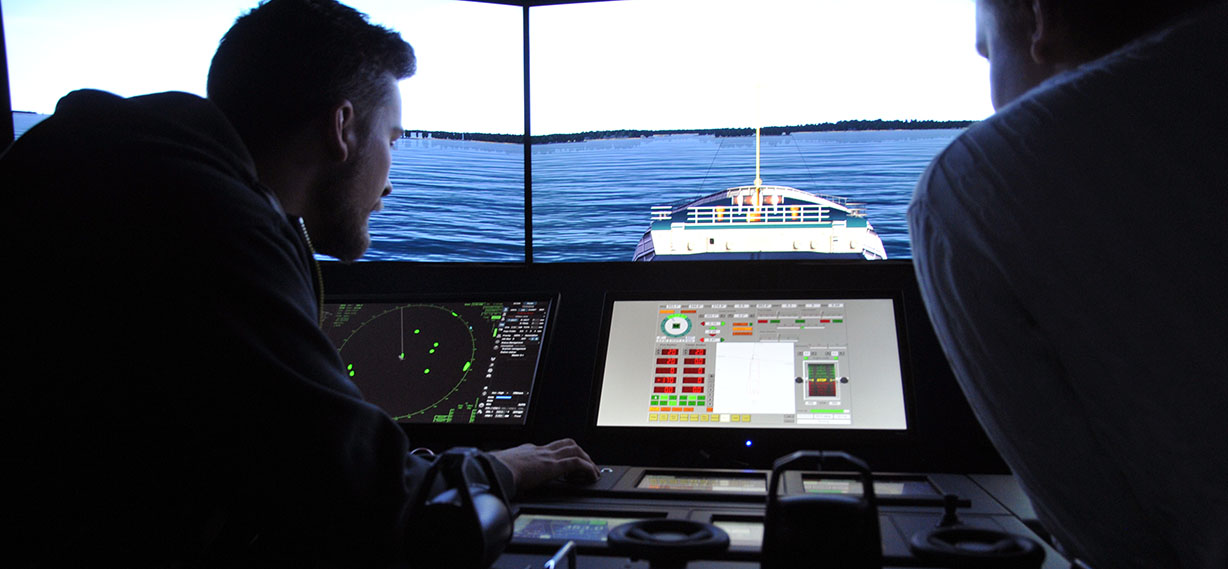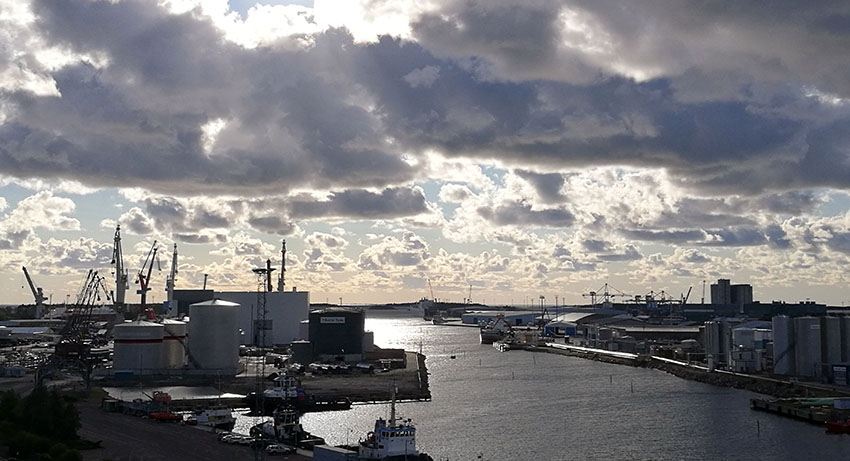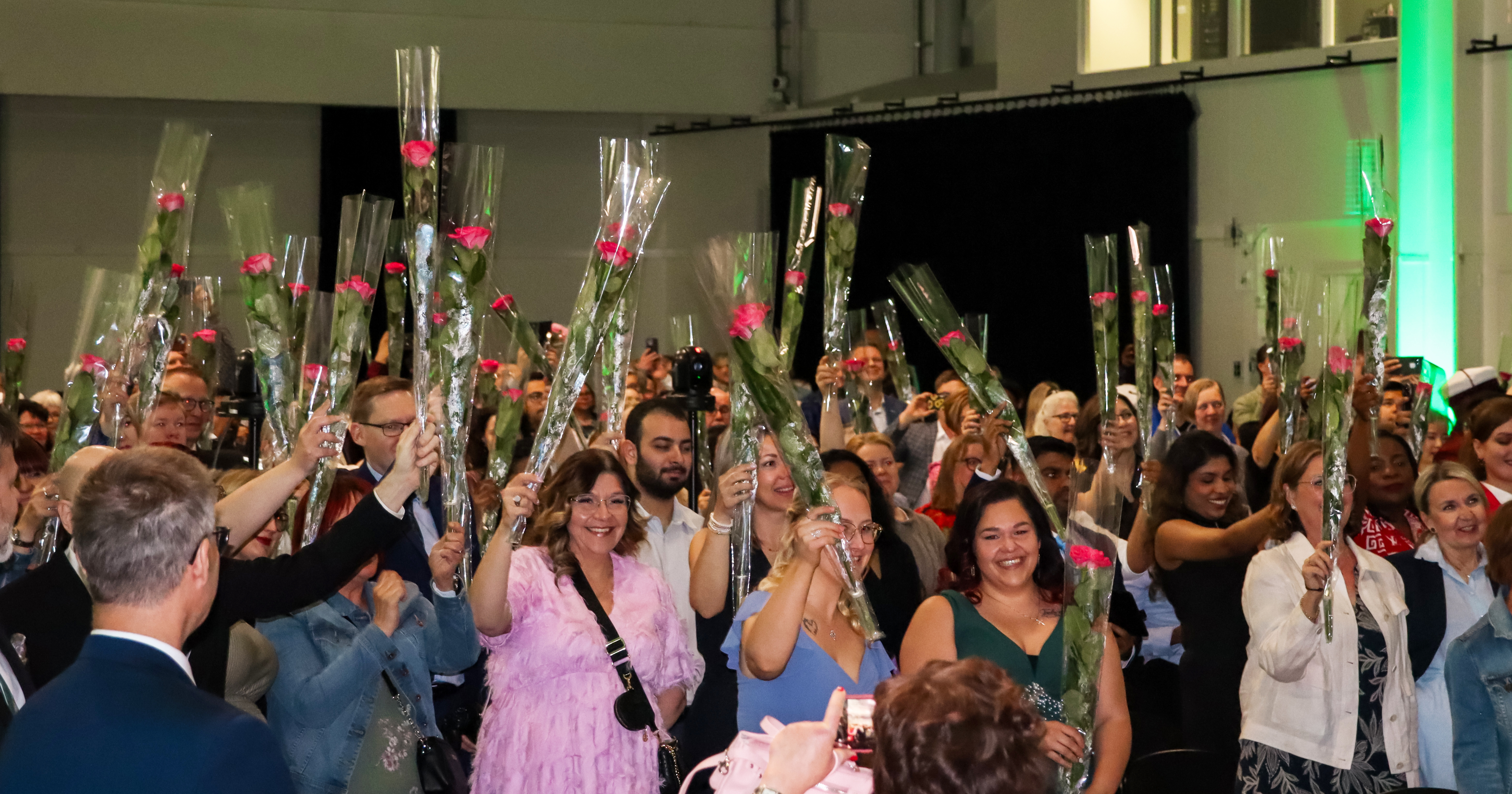New Maritime Logistics Research Center improves operations of logistics chains
Maritime Logistics Research Center operates within themes maritime, logistics, and security of supply.

Digitalization and green growth challenge, and on the other hand provide new opportunities for the development of maritime logistic chains as a part of the global business environment.
Security of supplies has been highlighted after the COVID-19 crisis started. Maritime Logistics Research Center, operating at Satakunta University of Applied Sciences main themes are efficiency, environmental friendliness, and safety. The Center unites the expertise in maritime, logistics, and security of supply in Satakunta region in Finland.
In Satakunta, the tradition of maritime, logistics, and shipbuilding is long. There have been maritime and port activities for 150 years in Satakunta region, Ships have been built in Rauma on large scale since the 1940s, and offshore structures in Pori since the 1970s, both themes having are diverse activities nowadays.
In logistics, the goal is to transport the “package” from door to door as quickly and safely as possible. There are hundreds of companies in Satakunta region, which either use or provide logistics services. Satakunta is “larger than its size” as the population is 4% of Finland’s population, but the region contributes 6.9% of the value of export. The main business sector is technology (metals, shipyard, machine workshops). Other important sectors and forest industry, sawmill industry, and food productions. All sectors are export-oriented.
There is a lot of positive development ongoing in Satakunta within the sector. Smart fairways are developed, and automated pilotage is studied. Ports of Rauma and Pori are expanding. In Rauma, environmentally friendly passenger ships are built. New industrial investments such as a brand-new sawmill in Rauma and battery cluster in Harjavalta-Pori shape the logistics environments in the region.
Tool for risk evaluation and control for transportation chain
In the aspect of logistics, Finland is an island. Shipping covers 90% of both imports and exports. COVID-19 crisis has shown that Finland is very dependent on the functional maritime sector.
ÄlyMeri (Intelligent Maritime Logistics in Satakunta) project develops a risk management framework for logistical processes. The model improves the resiliency of logistic chains in Satakunta,
– The ÄlyMeri project highlights with pilot cases new technologies to improve efficiency and resiliency in logistical processes explains Head of Intelligent Maritime Research Team Janne Lahtinen.
More information:
Minna Keinänen-Toivola
Head of Research Center
Satakunta University of Applied Sciences / Maritime Logistics Research Center
minna.keinanen-toivola@samk.fi
+358447103063 Read more about Maritime Logistics Research Center 
Maritime Logistics Research Center
Maritime Logistics Research Center unites the expertise in maritime, logistics, and security of supply in Satakunta region in Finland. The Research Center consists of research teams on Intelligent Maritime, Logistics, and Automation.
Main operations are several national and international projects. The center uses Maritime co-operation simulators in Rauma and RoboAI Joint use laboratory.


